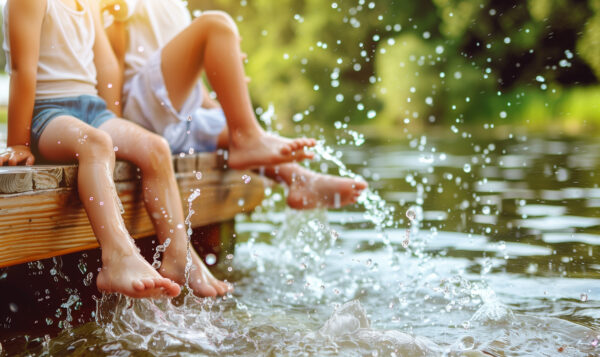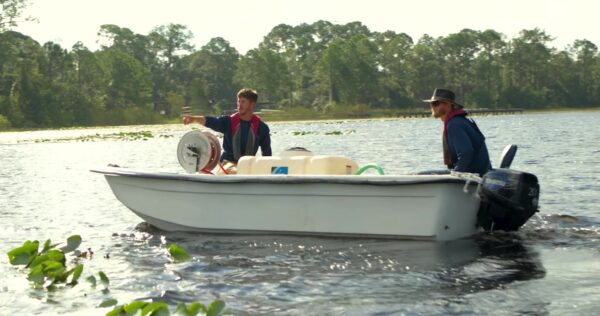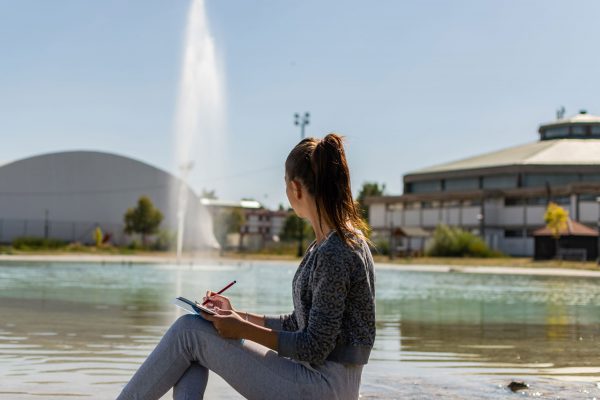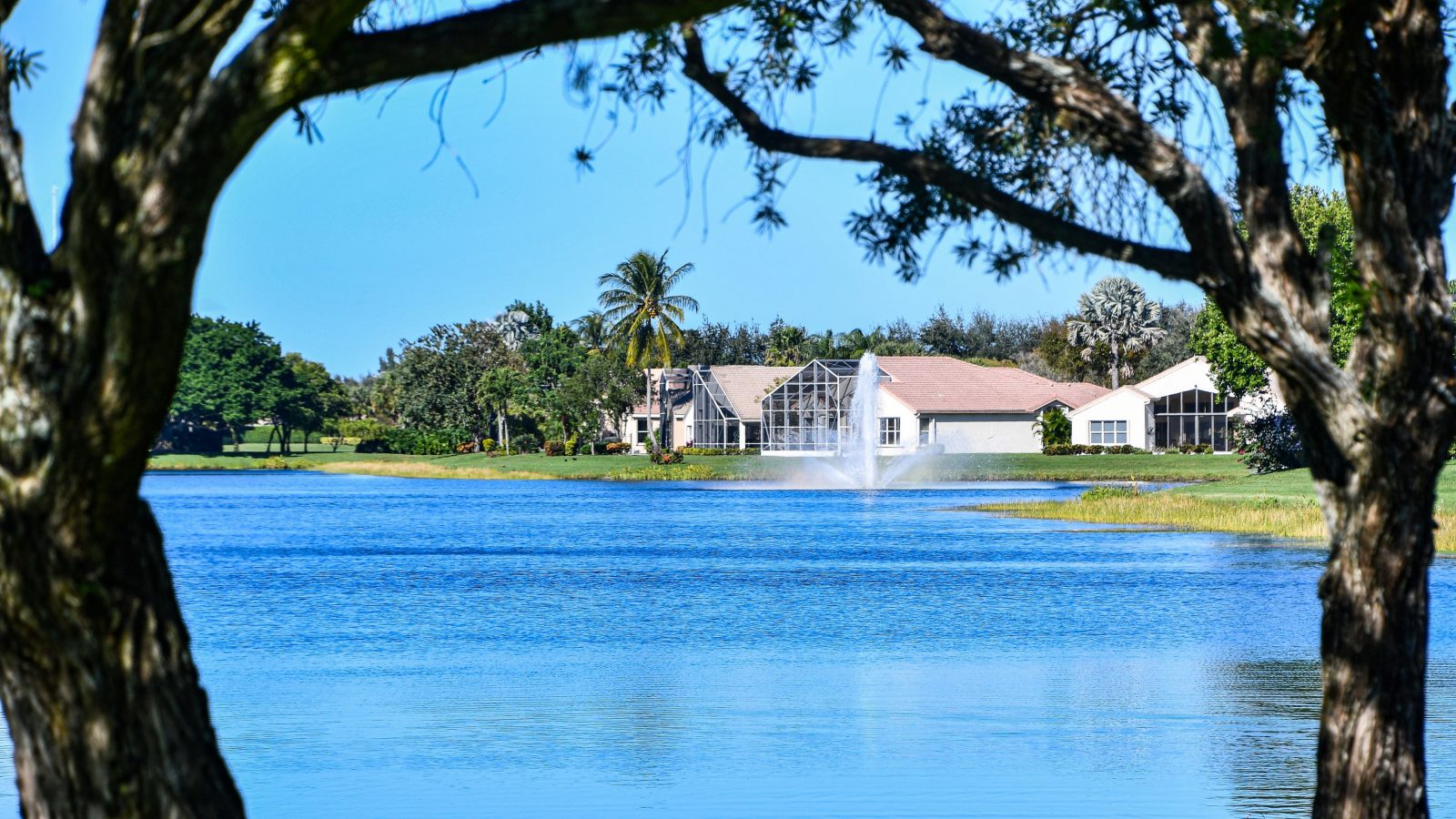
If you’re a property manager or community leader suddenly tasked with overseeing a lake or pond, you might feel unsure where to begin. Maybe you’re new to managing waterbodies altogether, or perhaps you’ve done so before, but feel you still have a lot to learn. You’re not alone—many people in your position find lake and pond management intimidating. Fortunately, with the right knowledge, you can approach this responsibility with confidence.
These are the top five things you need to know to successfully manage your waterbody, ensure it remains a valuable asset to your community, and help keep residents happy.
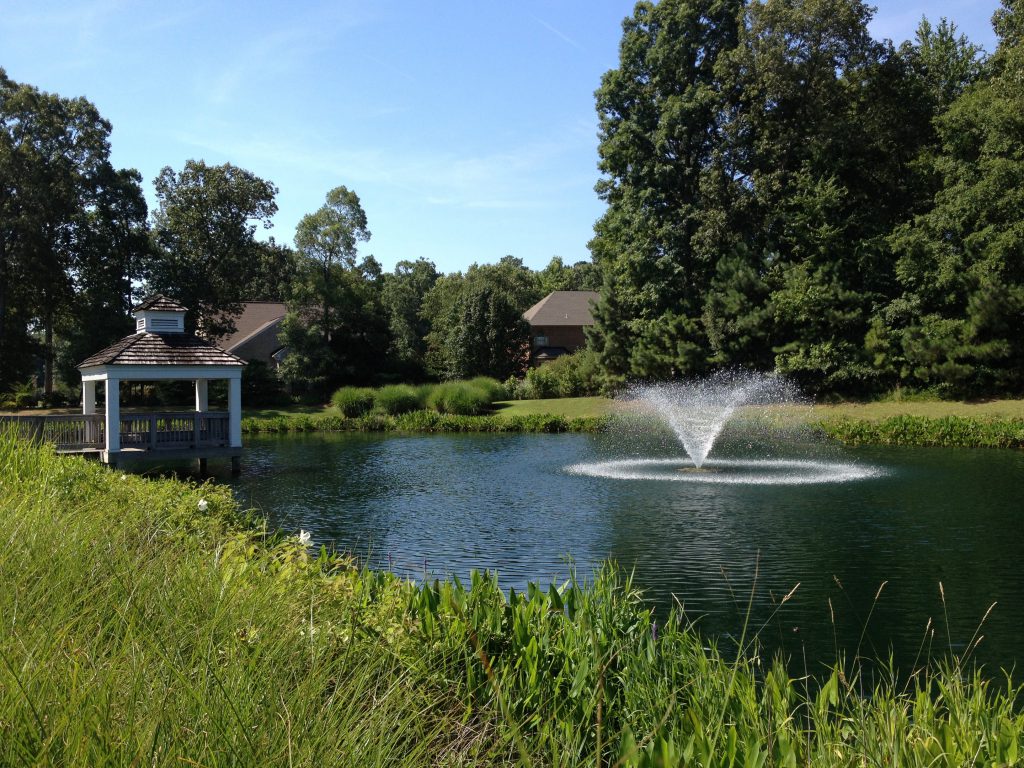
1. Most community waterbodies are man-made
Most urban ponds are man-made and designed primarily for stormwater collection. While they may offer aesthetic and recreational benefits like fishing or kayaking, their core purpose is to manage stormwater runoff during heavy rainfall, filter pollutants, and prevent flooding. Stormwater ponds contain important infrastructure that require regular inspections. Keeping an eye on this equipment—and working with professionals when necessary—is crucial to maintaining the health and function of your stormwater pond. Neglecting these structures or failing to address potential issues could lead to costly damage, safety risks, and regulatory fines.

2. Lakes and ponds are always changing
Lakes and ponds are dynamic ecosystems influenced by a variety of factors, including seasonal weather shifts, temperature fluctuations, and varying levels of sunlight. For example, warmer temperatures and abundant sunlight can promote nuisance plant or algae growth and diminish dissolved oxygen, which is essential to a healthy waterbody. Additionally, practices such as gardening, landscaping, and dog walking can introduce runoff containing fertilizers, pet waste, and other contaminants into the water, creating imbalanced conditions. Environmental changes happen quickly, but with the right management practices in place, you can minimize the impact of these fluctuations.
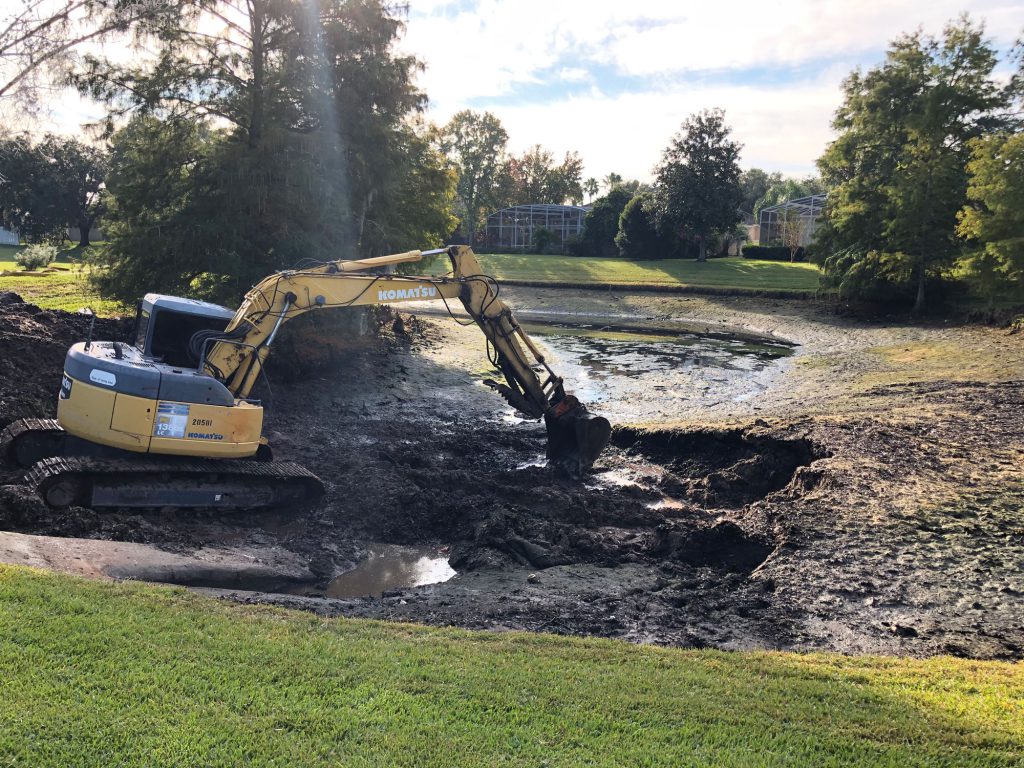
3. Most urban waterbodies need to be managed
This is a common question for new lake or pond owners, and the short answer is: yes, most require year-round management to stay healthy and meet your specific goals, whether for stormwater collection, resident engagement and recreation, or improved aesthetics and property values. On the other hand, poor management can rouse complaints, create safety risks, and contribute to more serious issues like cultural eutrophication—the accelerated aging process of a waterbody.
Over time, stormwater ponds carry excess nutrients into the water that fuel nuisance weeds and algae and promote muck development. Eventually, the waterbody will fill with muck and sediment until it can’t hold sufficient water levels. Proactive management can help slow this aging process, but it’s also essential to plan for future muck removal solutions like dredging. Dredging helps restore waterbodies to their original depth and volume, but is one of the costliest projects a community will ever face. In addition to ongoing management, budgeting far ahead of time (10-20 years) will help ensure you have the funds in place when the time comes.
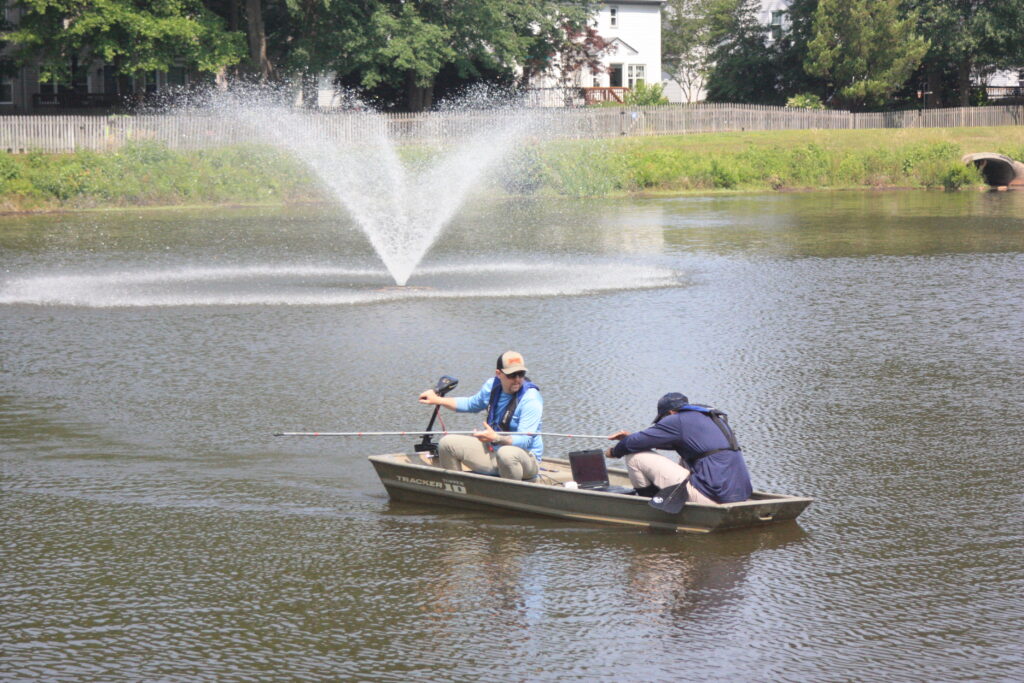
4. No two pond management programs are the same
When it comes to lake and pond management, there is no one-size-fits-all solution. This means that even if a neighboring community has a similar pond, their management approach could be completely different. Your custom management program will depend on factors such as the pond’s size, the surrounding landscape, and your budget. A program focused on keeping water clear and aesthetically pleasing will look very different from one aimed at creating fun fishing opportunities. Likewise, a waterbody surrounded by trees has different needs than one near a well-manicured lawn. Effective programs are designed with all of these factors in mind.
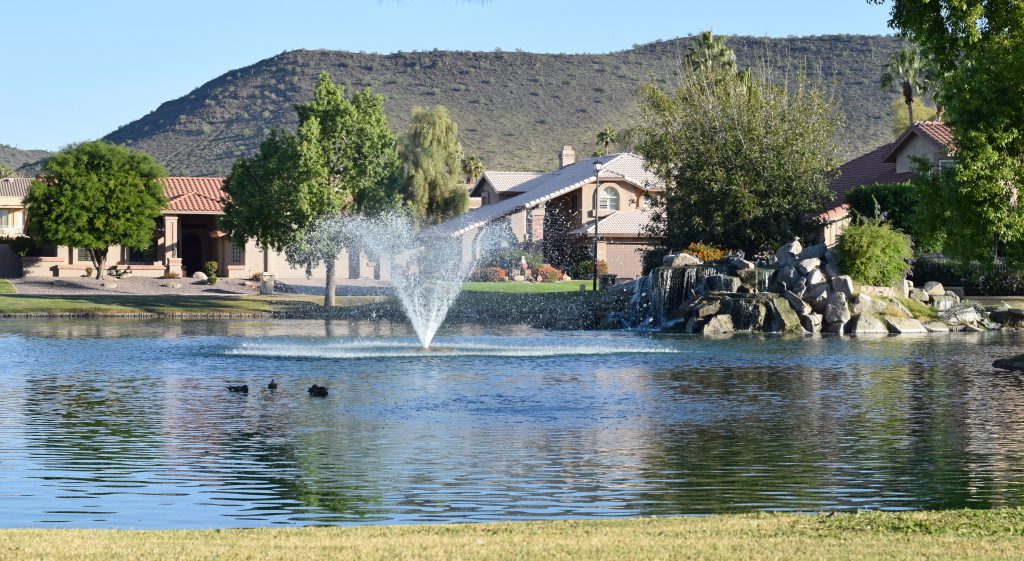
5. Algae and pond weeds are symptoms of underlying problems
Aquatic weeds and algae are often viewed as isolated issues, but they’re actually visible signs of water quality imbalances, such as high nutrient levels or dissolved oxygen deficiencies, or of underlying problems like muck accumulation. While reactive strategies like herbicides and algaecides can safely eliminate nuisance growth, they provide only temporary relief.
A preventative approach is essential to maintain lasting water quality balance. In addition to regular water quality monitoring tests, proactive solutions like nutrient management can help reduce the availability of nutrients in the water, limiting the potential for future growth. Fountains, surface aerators, and submersed aerators can help increase circulation and dissolved oxygen, making the waterbody more resilient to imbalances. Furthermore, mechanical hydro-raking can be used to scoop out nutrient-rich muck and debris in areas with severe accumulation.
Even for those managers who may be familiar with pond management best practices, there are always new innovations in water management to discover. TryMarine is a new solution now being used to help remove muck build-up, increase depth, and restore balanced water quality. These environmentally-friendly options help break down muck and decay, leaving behind sand and a more balanced ecosystem. The toolbox of proactive management solutions is large and an experienced professional can help you incorporate these and many other sustainable tools to ensure lasting waterbody health.
Find Your Perfect Pond Management Program
The journey of lake and pond management doesn’t have to be overwhelming—it can be a rewarding opportunity to showcase your professional expertise and dedication to your community. With the right knowledge, you can create a thriving waterbody that elevates your community’s appeal, value, and reputation for years to come.
How to Achieve Clean, Healthy Ponds
SOLitude Lake Management is a nationwide environmental firm committed to providing sustainable solutions that improve water quality, enhance beauty and preserve natural resources.
SOLitude’s team of aquatic scientists specializes in the development and execution of customized lake, stormwater pond, wetland and fisheries management programs. Services include water quality testing and restoration, algae and aquatic weed control, installation and maintenance of fountains and aeration systems, shoreline erosion control, muck and sediment removal and invasive species management. SOLitude partners with homeowners associations, golf courses, private landowners, businesses and municipalities. SOLitude Lake Management is part of Rentokil, a leading business services company, operating across the United States, Canada and Puerto Rico.
For more information, visit SOLitude Lake Management at solitudelakemanagement.com, and connect on Facebook, LinkedIn, Twitter, Instagram and YouTube.

